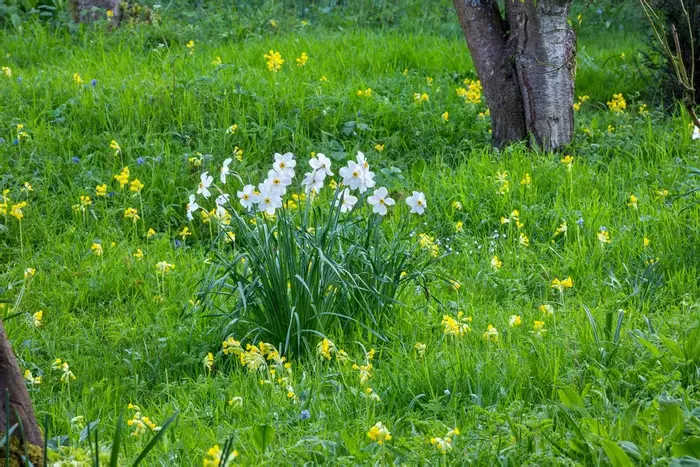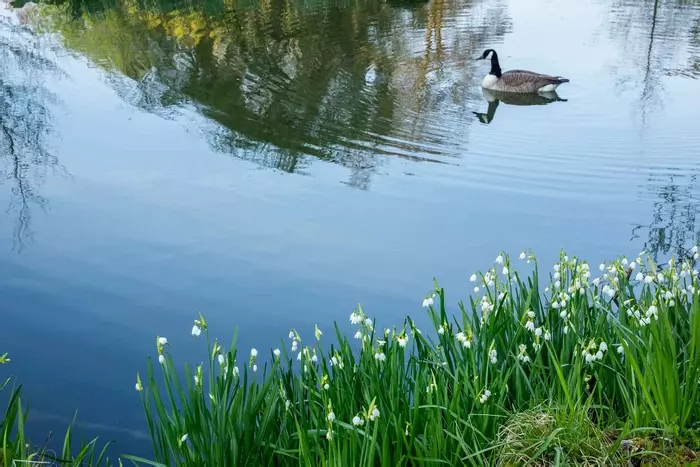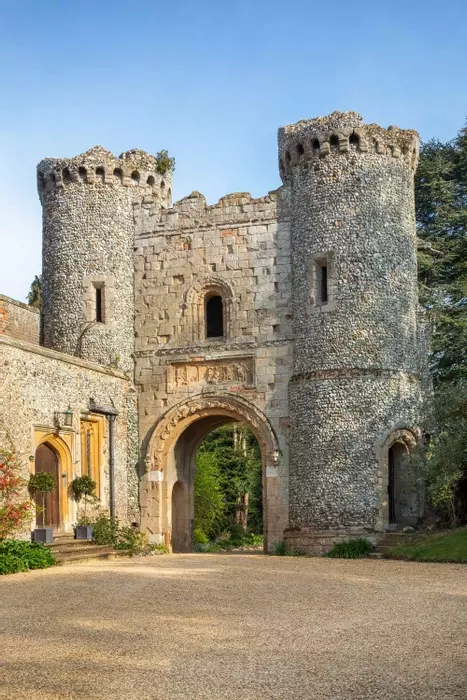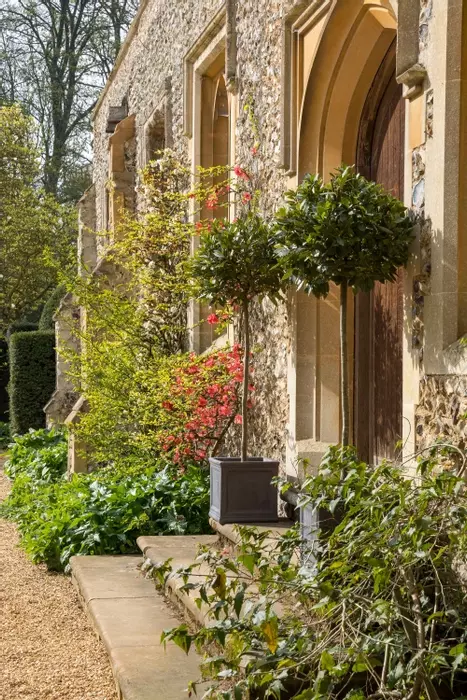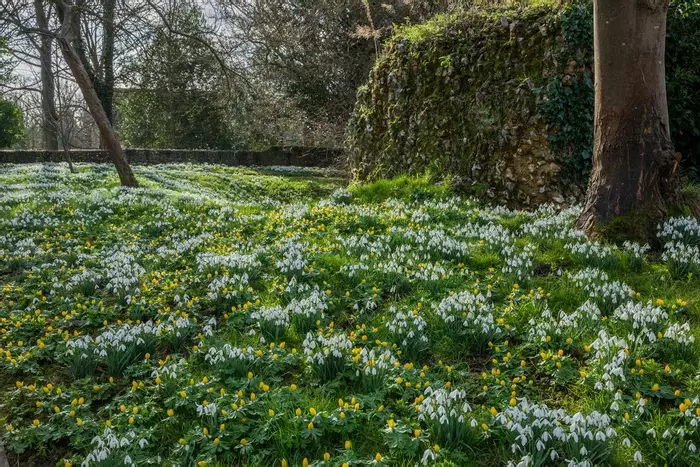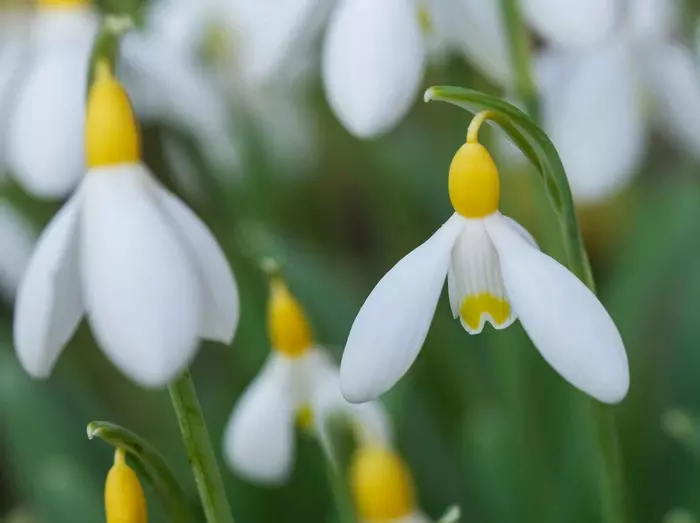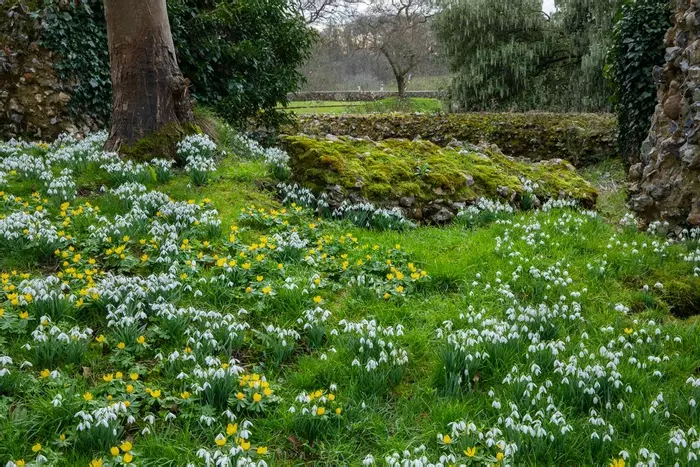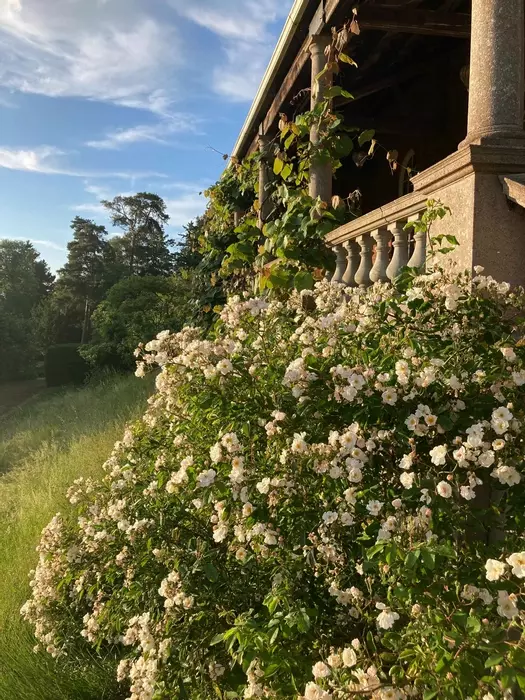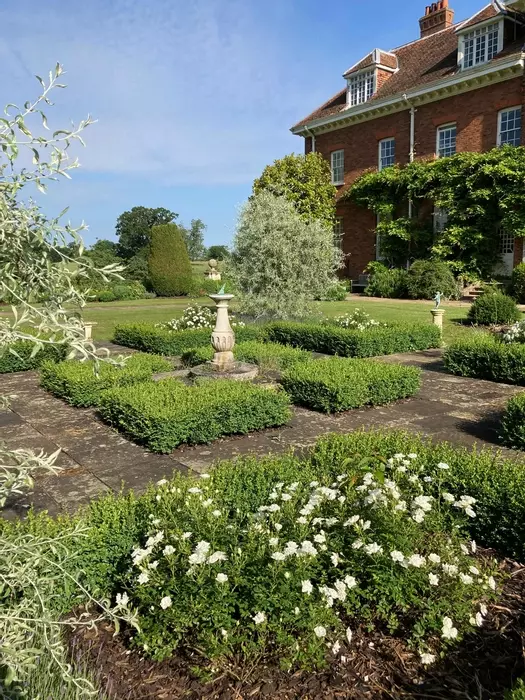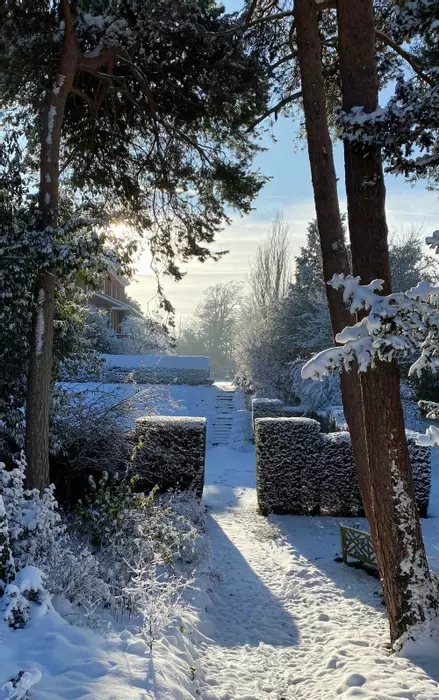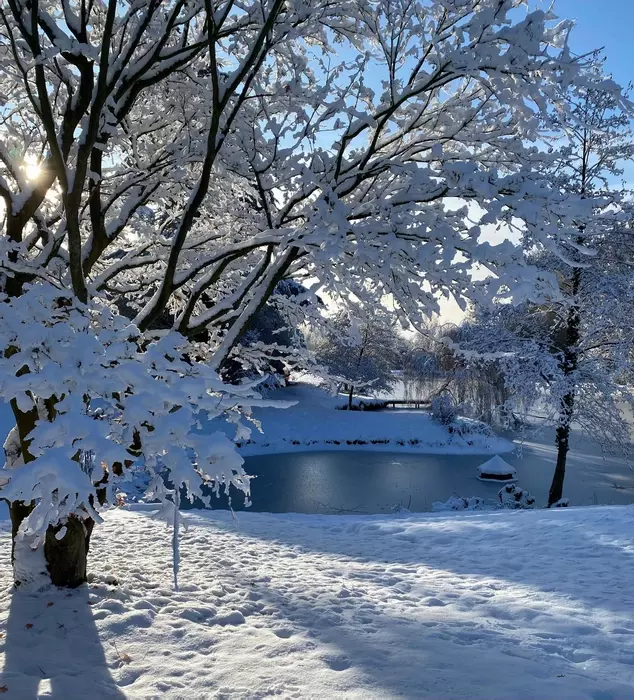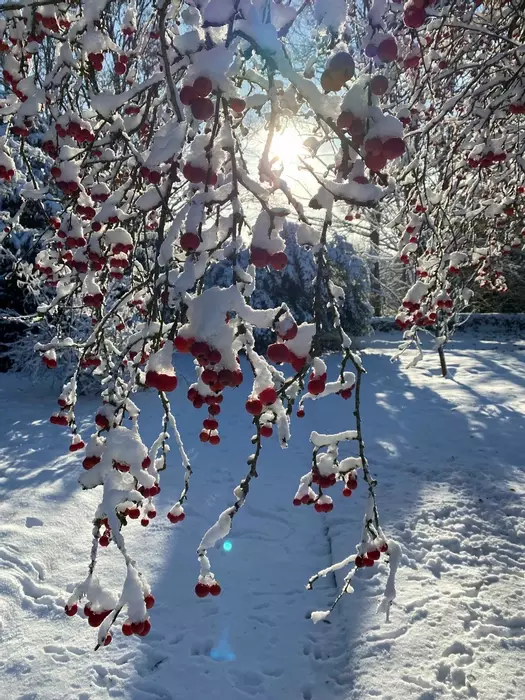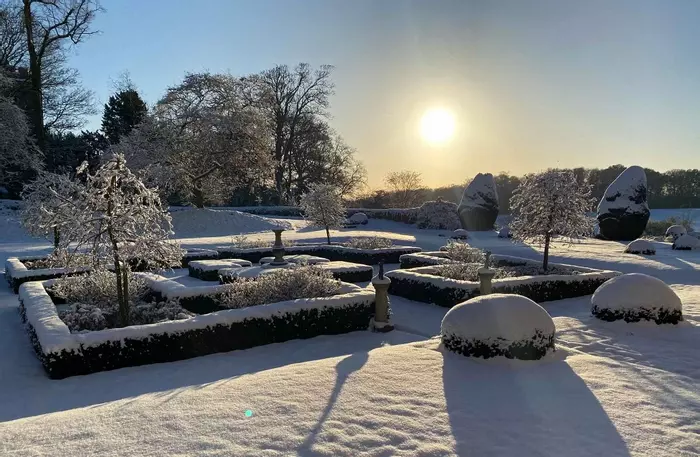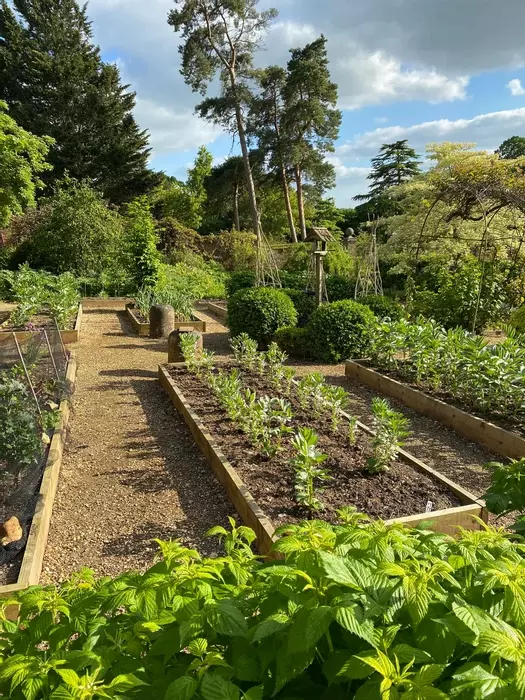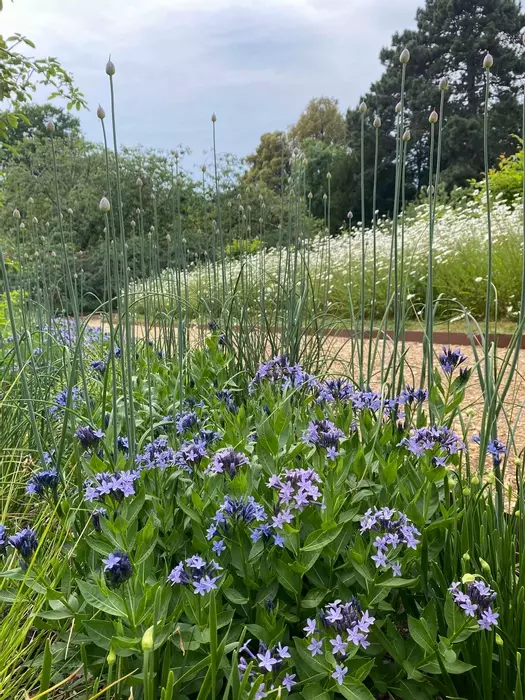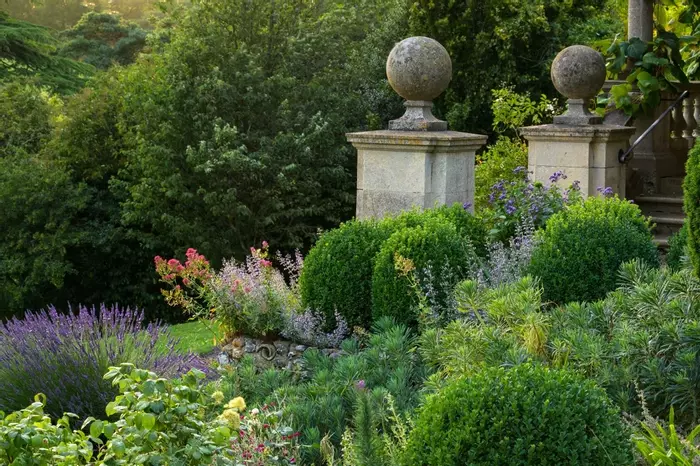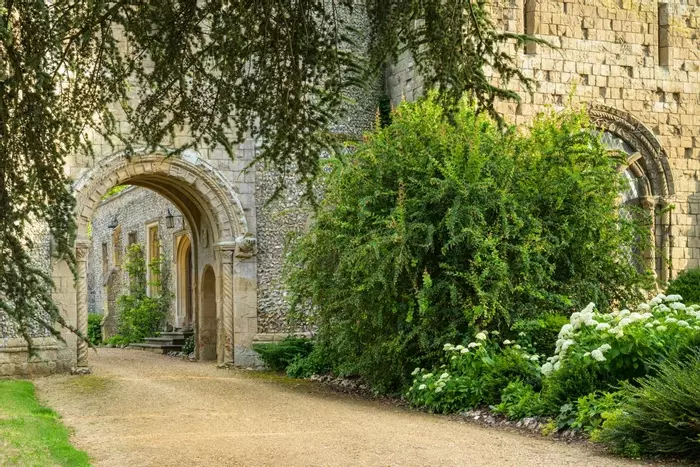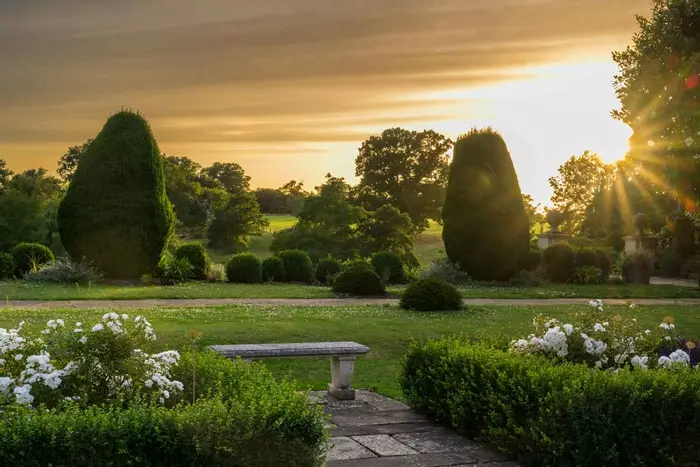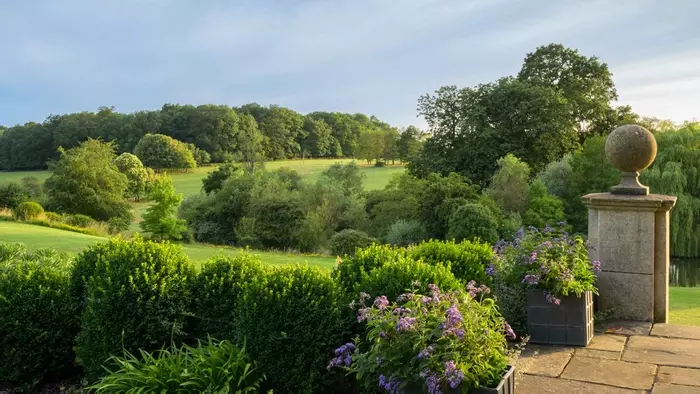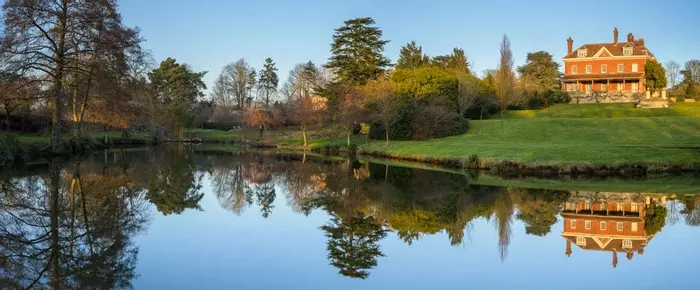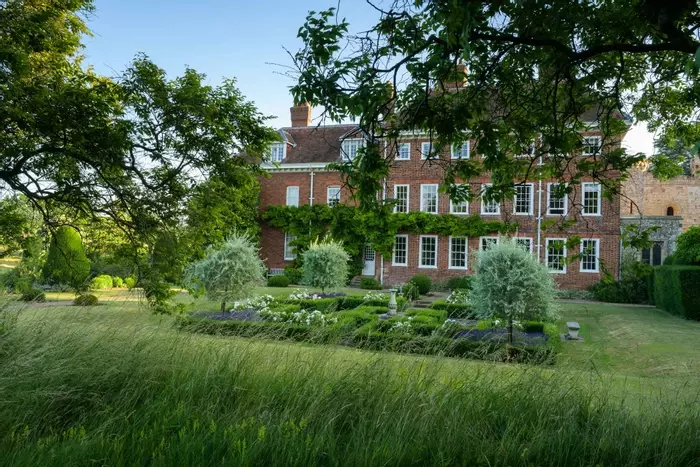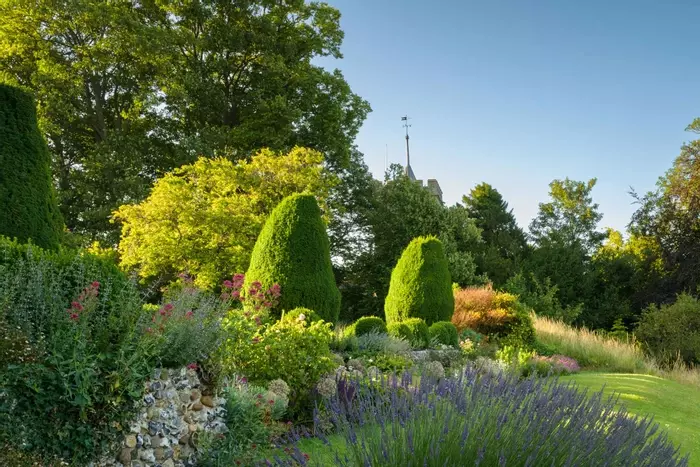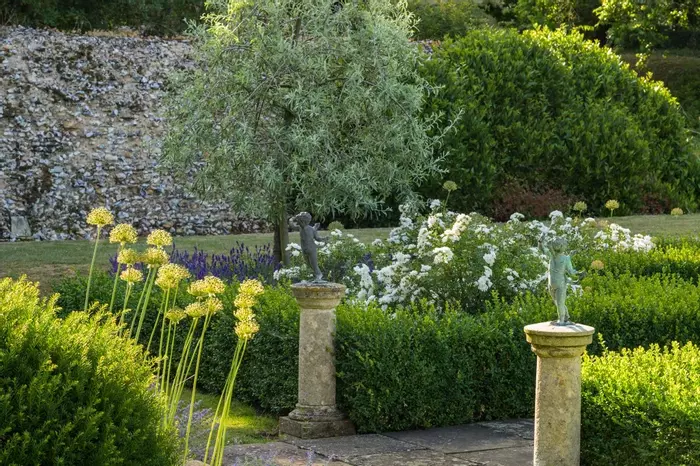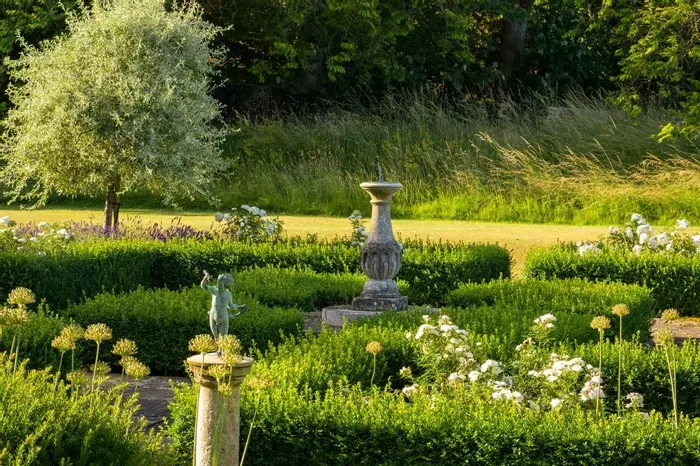Garden Highlights
The diversity of planting at Benington Lordship offers visitors something to see all year round.
The season begins with the flowering of snowdrops and hellebores in February. The snowdrops have naturalised around the moat and castle ruin and a snowdrop walk was planted along the old inner bailey in the early twentieth century. The snowdrops are followed by scilla bithynica and daffodils, snakehead fritillaries and camassia.
The formal rose garden was replanted in 2016 with four weeping pear trees, Pyrus salicifolia, underplanted with Rosa Kent and species tulips and enclosed by box hedging. The wilderness bank behind the formal area is now planted with a wealth of spring bulbs, linking the area to the snowdrop walk beyond.
The main double borders run downhill from east to west, framed by a wall on one side and yew hedge on the other. The central section was replanted in 2022, in a move away from the traditional herbaceous border to more naturalistic planting that requires less maintenance and using plants which will cope better with our changing climate. The upper section remains as an unsophisticated mix of old fashioned plants including favourites such as achilleas, asters, clematis and geraniums.
The walled kitchen garden has raised beds in the upper half which are used for growing fruit and vegetables. Meanwhile, the lower half was redesigned in 2019 to create two meadow areas for spring bulbs and wildflowers and ornamental beds around the walls with multi stemmed Prunus serrula, Amelanchier and grasses. A gravel garden was added in 2024, with additions planned for 2025.
Pools & Wildlife
The garden features three spring fed pools which feed into two ponds. The larger pond has been restored as a carp pond – probably its original purpose at the time the Norman keep was built. The lower pond is left to nature as a haven for birds and dragonflies.
Much of the garden is managed with wildlife in mind and many of the banks are planted with spring bulbs or wild flowers such as cowslips and primroses. The grass is left long in these areas to enable insects to flourish and the bulb foliage to die back naturally. The mature apple trees in the orchard are also important for wildlife, particularly the birds that feed on insects during the summer and the windfalls in autumn.

